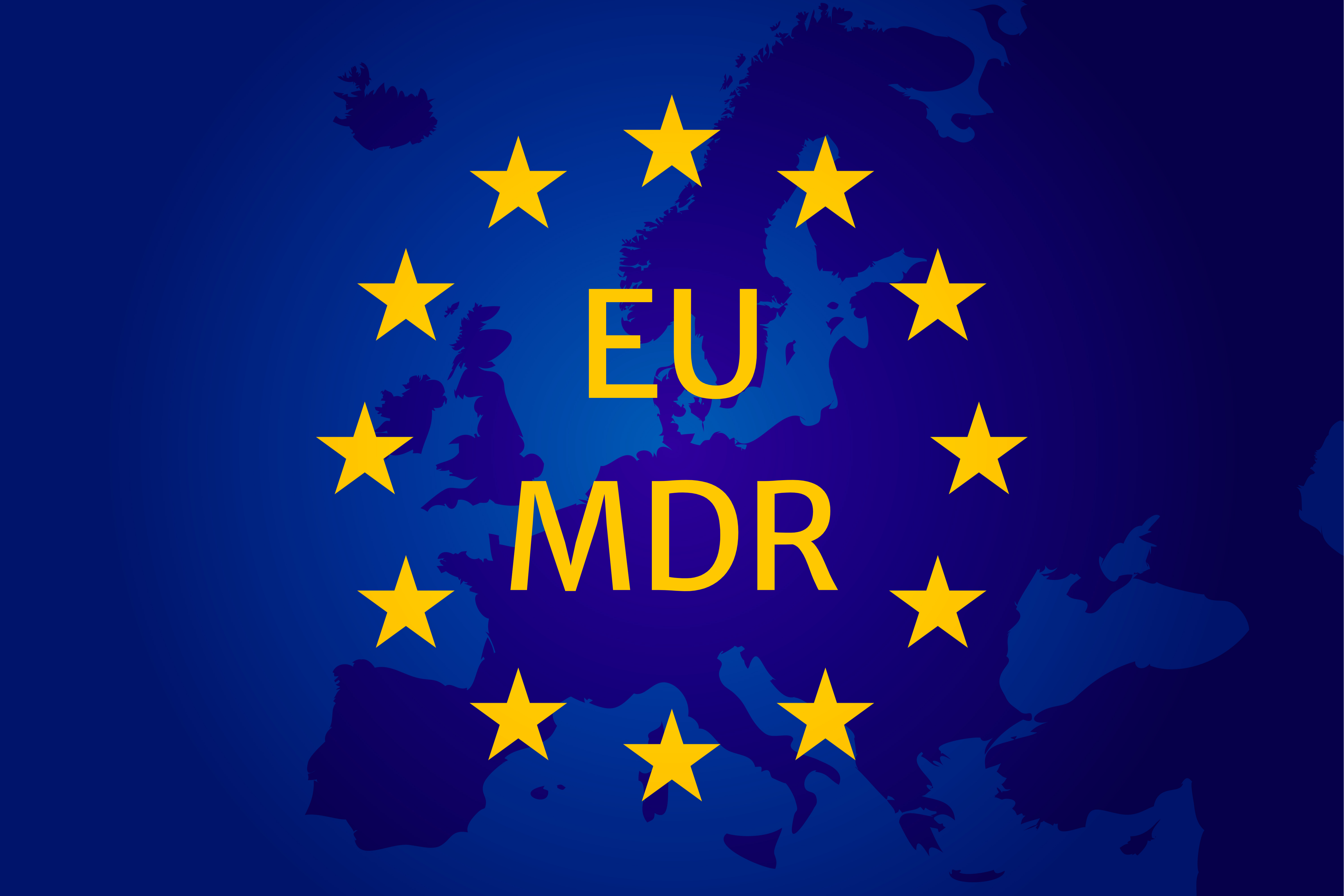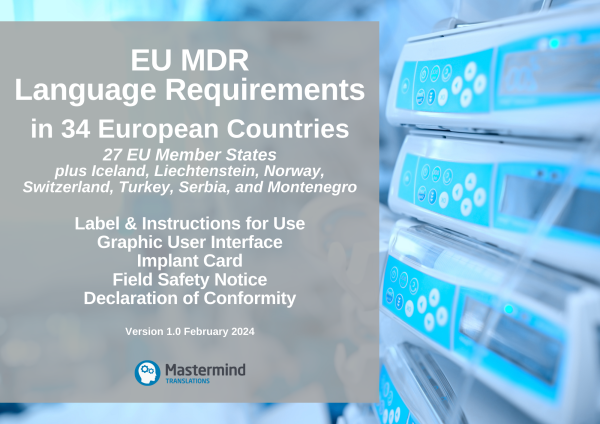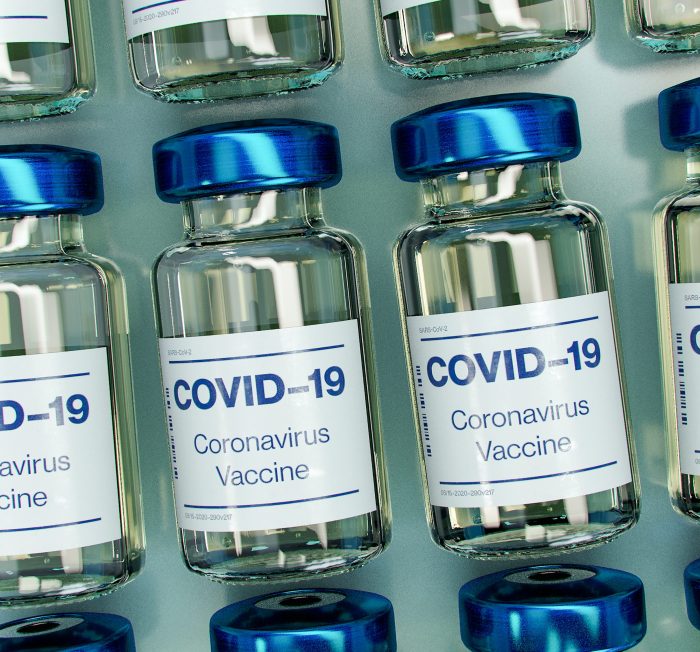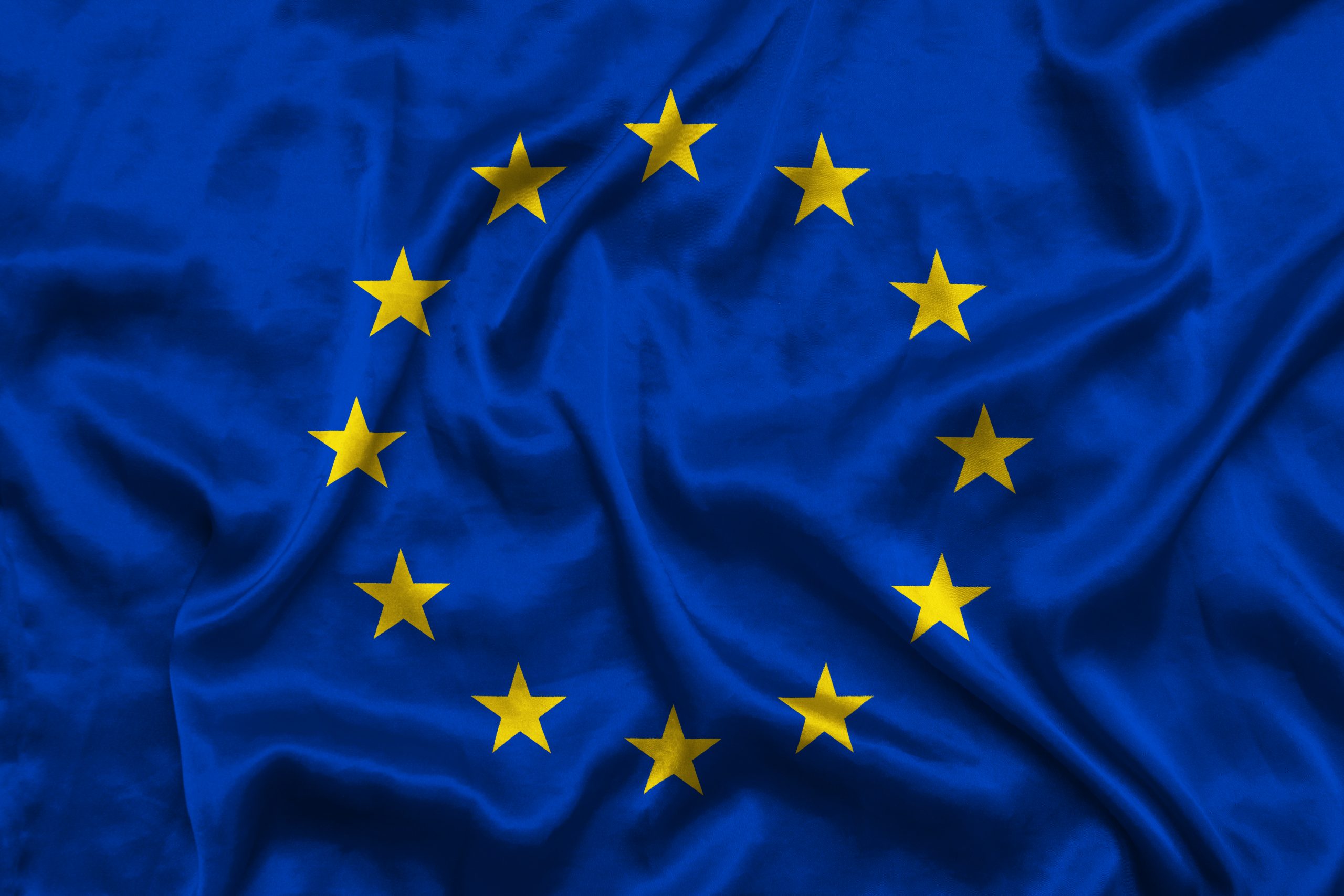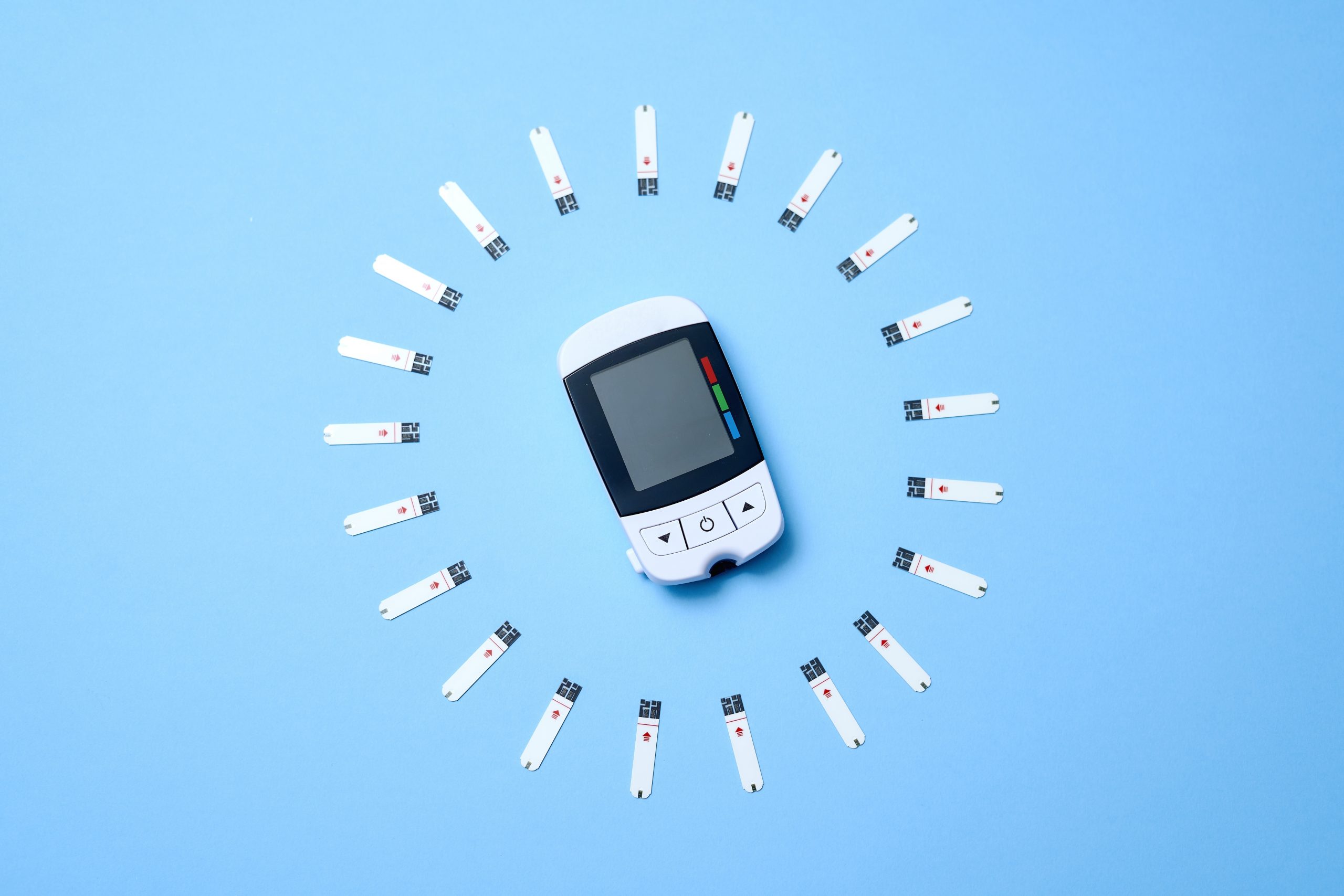The new European Union Medical Device Regulation has introduced more stringent linguistic requirements for medical devices sold in the EU market. In doing so, it has placed the responsibility on each EU Member State to determine the official Union language(s) in which the information supplied with the device must be provided. In this article, we will outline which languages are accepted in individual 27 EU Member States in response to these MDR language requirements.
Read this article in German or French.
Following on from our previous article on the EU language requirements for medical devices sold in the EU market under the new EU Medical Device Regulation (MDR 2017/745/EU), we will now focus on their practical implications across the individual EU Member States.
As a brief reminder, the EU MDR is a new EU regulation for medical devices placed on the EU market. Under EU MDR Article 10(11), the information provided by the manufacturer with a medical device must be available in one or more official languages of the EU. Each EU Member State determines which official language or languages must be used in that State.
Therefore, in order to guarantee compliance with the MDR, manufacturers, distributors and importers of medical devices must ensure that the device is accompanied by the information set out in Section 23 of Annex I in a local language determined by the Member State in which the device is made available. This information is defined in Section 23 of Annex I as any information needed to identify the devices and its manufacturer, any safety and performance information appearing on the device itself, on its packaging, and in the instructions for use (IFU).
What is the practical purpose of the MDR language requirements for medical devices?
The MDR’s single most important objective is patient safety. The purpose of the MDR language requirements is to contribute to the achievement of this objective by ensuring that all safety and performance information relevant to the user is fully understood by the intended user in the country where the medical device is made available.
This is guaranteed by means of:
- • the choice of the official language(s) that the user fully comprehends; and
- • the level of technical detail that the user is reasonably expected to be comfortable with in that language (based on the user’s technical knowledge, experience, and training).
What are the official languages of the EU?
The EU has 24 official languages. These are: Bulgarian, Croatian, Czech, Danish, Dutch, English, Estonian, Finnish, French, German, Greek, Hungarian, Irish, Italian, Latvian, Lithuanian, Maltese, Polish, Portuguese, Romanian, Slovak, Slovene, Spanish, and Swedish. Of these, English, French, and German have the higher status of procedural languages in the European Commission and in the day-to-day working of the EU institutions. The European Parliament accepts all official languages of the EU as working languages.
In addition, Irish has received three subsequent five-year periods of derogation as an official language of the EU, but as of 1st January 2022, it enjoys full language status in line with the other official and working languages of the EU institutions.
Also, several EU Member States have their own official or co-official languages which do not have the status of an official language of the EU. A prominent example is Spain, with Spanish as its official language and also an official language of the EU, and four co-official regional languages which are not official languages of the EU. Luxembourgish is an official language of Luxembourg, alongside French and German, but it is not recognised as an official language of the EU. Similarly, Turkish has the status of an official language of Cyprus, alongside Greek, but is not an official language of the EU. Luxembourgish and Turkish are the only two official nationwide languages of EU Member States that are not official languages of the EU.
For the purpose of the MDR language requirements, the official languages of the EU are the 24 languages listed above.
Why might different languages be accepted for the information intended for the patient and the information intended for the professional user?
As briefly explained earlier, each EU Member State is expected to select a language(s) that is easily understood by the intended user in that State. For the lay person, that language will almost always be the official language(s) of the EU Member State where they live, which will most likely be their native language (or at least their language of habitual use). This is to ensure that they fully understands how to use the device safely and efficiently. Therefore, any information intended for the patient (or any other lay user), such as the IFU, must be available in the national language(s) of the EU Member State in which the device is placed.
However, some EU Member States allow exemptions from their national language requirements for medical devices used exclusively by healthcare professionals. In these cases, the professional users are expected to be sufficiently proficient in the selected foreign language(s) — typically English — to be able to fully understand the information provided with the device. Several EU Member States offer similar exemptions for custom-made devices. The benefit of these exceptions is that they eliminate the need to have the information translated. This reduces the time and costs required to bring the device to the market.
Which languages are accepted in individual EU Member States in response to the MDR language requirements?
The Table below presents the languages accepted for the label/IFU in individual 27 EU Member States, in accordance with the MDR language requirements, as of February 2024. This information is regularly updated and includes the data published by the European Commission in January 2024.
| EU Member State | For Lay User | For Professional User |
| Austria | German | German or English |
| Belgium | French and Dutch and German | English or French or Dutch or German, conditions apply* |
| Bulgaria | Bulgarian | Bulgarian |
| Croatia | Croatian | Croatian and/or English, conditions apply* |
| Cyprus | Greek | Greek or English |
| Czech Republic | Czech | Czech |
| Denmark | Danish | Danish, exemption possible* |
| Estonia | Estonian | Estonian or English, conditions apply* |
| Finland | Finnish and Swedish | Finnish and Swedish or Finnish and Swedish and English, conditions apply* |
| France | French | French |
| Germany | German | German or German and English or another language, conditions apply* |
| Greece | Greek | Greek, exemption possible* |
| Hungary | Hungarian | Hungarian |
| Ireland | English or English and Irish | English or English and Irish |
| Italy | Italian | Italian |
| Latvia | Latvian | Latvian or English, conditions apply* |
| Lithuania | Lithuanian | Lithuanian |
| Luxembourg | French or German or Luxembourgish | French or German or Luxembourgish or English |
| Malta | Maltese and/or English | Maltese and/or English |
| Netherlands | Dutch | Dutch or English |
| Poland | Polish or Polish and English, conditions apply* | Polish or English, conditions apply* |
| Portugal | Portuguese | Portuguese |
| Romania | Romanian | Romanian or English, conditions apply* |
| Slovakia | Slovak | Slovak or Slovak and English, conditions apply* |
| Slovenia | Slovene | Slovene or another language, conditions apply* |
| Spain | Spanish | Spanish |
| Sweden | Swedish | Swedish |
In this article, we focus exclusively on the information supplied by the manufacturer with a medical device that is intended for the user. Similar translation requirements apply to in vitro diagnostic medical devices (IVDs) under the EU IVDR 2017/746. The EU MDR states that other information which is not intended for the user, such as the EU declaration of conformity or technical documentation, also needs to be available in an EU language specified by each EU Member States. However, EU Member States are much more flexible with their national language requirements in relation to this type of documentation and commonly accept it in English.
Where can we find more detailed information to help us maintain conformity?
More detailed information regarding the languages accepted for various types of documentation, including the label/IFU, graphical user interface (GUI), implant card, field safety notice (FSN), and declaration of conformity (DoC), can be found in our EU MDR Language Requirements Table 2024. This regularly updated resource covers medical devices sold in 34 European countries (27 EU Member States, Iceland, Liechtenstein, Norway, Switzerland, Turkey, Serbia, and Montenegro) in line with the language requirements specified in the EU MDR. It includes excerpts from national legislation and official guidelines from competent authorities, such as GUI and IFU translation requirements, all translated into English by our linguists, with clickable links to the official sources.
Please note that the information provided in this article is for guidance only and does not constitute professional regulatory advice. In the case of specific questions related to regulatory compliance, we recommend seeking assistance from a QA/RA specialist or a relevant competent authority.


